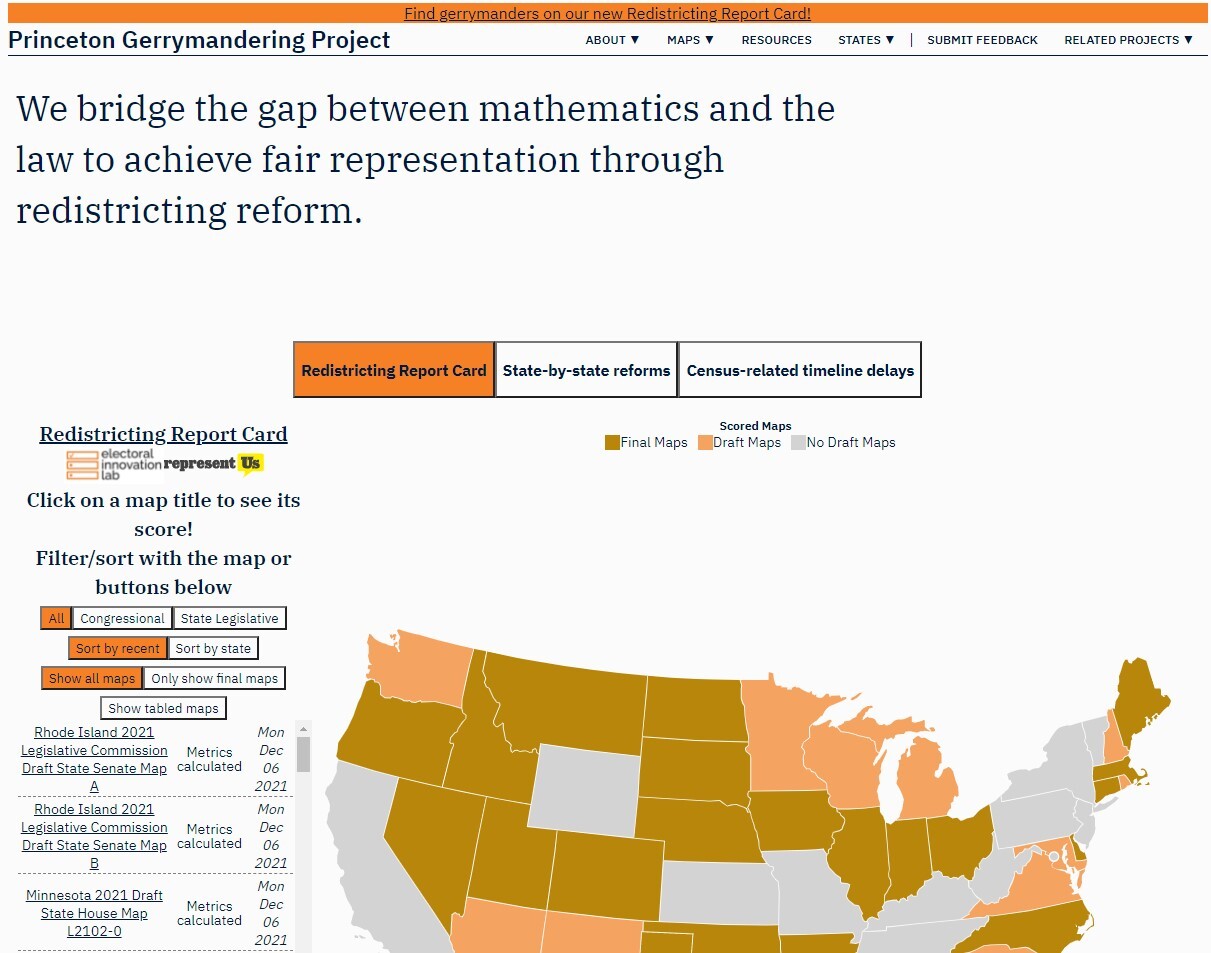ANNAPOLIS, Md. — The House of Delegates Tuesday night passed the the LRAC map in a 97-42 vote on the third reading after a day filled with heated debate and exchanges.
"We make maps under the rules we have," said Majority House Leader Delegate Eric Luedtke on the chamber floor late Tuesday morning.
He spoke in opposition to an amendment to the Legislative Redistricting Advisory Committee's (LRAC) proposed map - a map that the vast majority of witnesses at a public hearing Monday didn't support or support without adjustments.
"This amendment is the work of the people. This is what the people have said they want," Republican Delegate Mark Fisher said just before the vote.
At 12:10pm on Tuesday, the House of Delegates voted against adopting the amendment that would have effectively replaced the LRAC map with the MCRC map by a 43-93 vote.

In opposing the amendment Luedtke said on the House floor, "there are a million ways to draw a map."
RELATED: Closer look at the redistricting maps being considered
That's something the Princeton Gerrymandering Project actually does, in its evaluation of state redistricting maps.
Helen Brewer, a legal analyst with the Project, spoke with WMAR-2 News on Tuesday to discuss the grading system they use.
"We run a computer program called an ensemble that generates up to 1 million maps that could possibly be drawn in a particular state," she says. "And that takes into account the state's unique geography and other redistricting criteria for that particular state."
They can then compare proposed maps to their computer-generated maps, and they can get a sense if something looks a little weird, if it's very different from the vast majority of the million maps.

The LRAC map received an overall grade from the Princeton Gerrymandering Project of F.
The heaviest weight of this grade goes to their 'Partisan Fairness' measure.
"The partisan fairness score is the score that we calculated by looking at that ensemble of maps," Brewer says. "So we are looking to see, you know, how many Democratic seats and how many Republican seats is the [proposed] map likely to produce and we look at voter data."
In comparison, the Princeton Gerrymandering Project gives the Maryland Citizen's Redistricting Commission an A grade rating.
Brewer explained the partisan lean grade for the MCRC map.
"The eastern- and western-most districts.. they would be more likely to be Republican districts and that is more in line with what we see from Marylanders voting behaviors and voting preferences and in recent elections. So that's one of the main drivers there, whereas the Legislature's map, would be likely to produce the seven really safe democratic districts and then take that Eastern District and make it competitive with the potential to lean toward the Democrats, it would certainly be a very close race, but that's what our analysis has shown."
- Helen Brewer
The Princeton Gerrymandering Project's grading came up during the floor debate Tuesday morning.
Del. Luedtke asked of Delegate Susan Mccomas (R-34B) if it was important that the Prince Gerrymandering Project didn't "include the minority population" of the districts in their analysis.
Brewer did mention this in her discussion with WMAR-2 News.
"We do look at minority population composition metrics, that doesn't feed [into] our letter grade, [but] it's very important, very complex analysis." she says. "So.. we don't boil that one down to a letter grade, but we do have those metrics on our website."
One of the priorities of the LRAC, when making that map, was stated in meetings and Tuesday in the House Chamber - to keep the majority of people in their current districts.
"The longstanding practice in redistricting of trying to make sure we don't arbitrarily move millions of people around congressional districts," said Luedtke on the floor.
However, the argument made by delegates and witnesses in opposition to this point, was that the original map was gerrymandered.
Brewer says, in analyzing the laws around redistricting, "That's not a common or really traditional redistricting criteria."
She added, "we know that Maryland has a history of having some partisan gerrymanders. And so taking the view that you really want to try to preserve an old map, I think that there are certainly some real pros and cons and concerns probably with taking that view."
The LRAC map now heads to the Senate.



